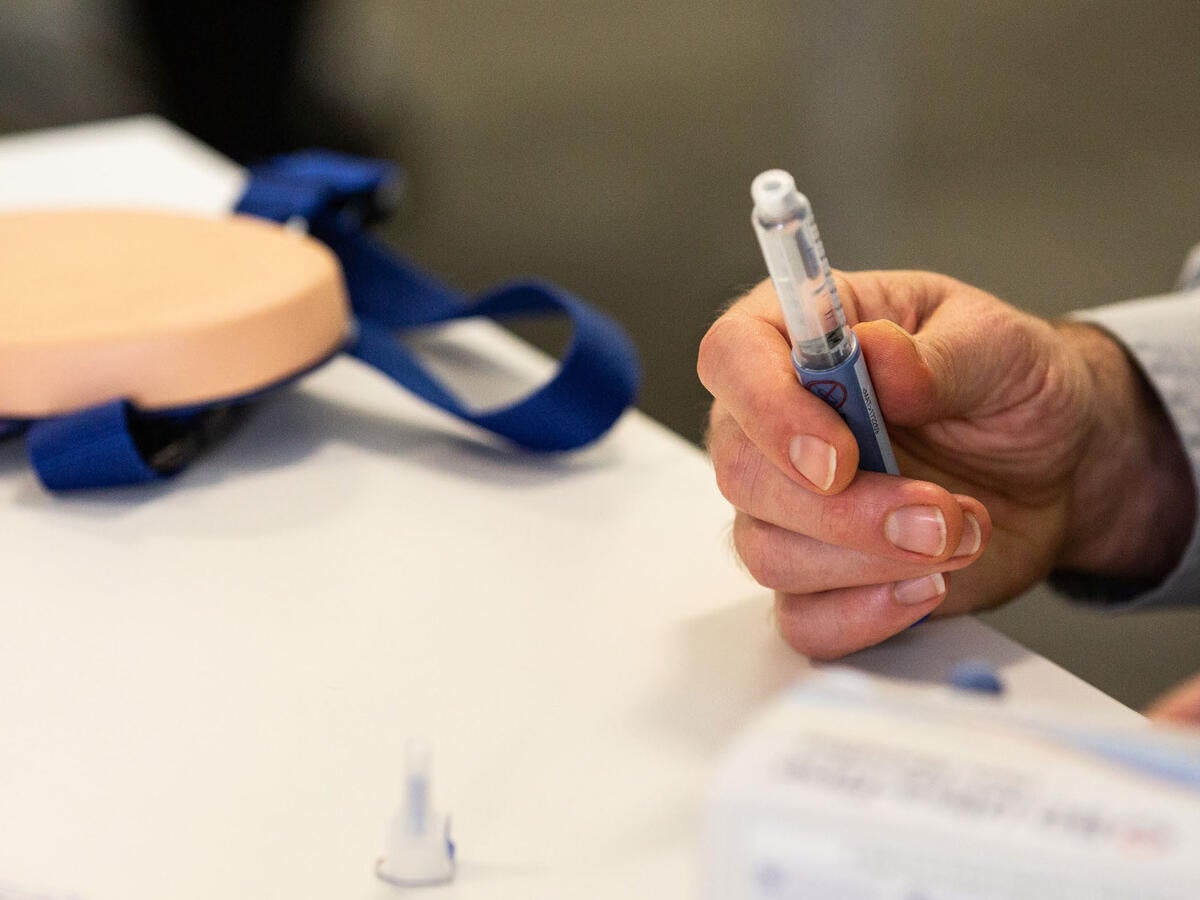Residual risk analysis of user interaction problems
Residual risk analysis is a process whereby medical device and IVD manufacturers can integrate observed use errors into their design considerations and determine whether such errors pose an unacceptable level of risk to patients or self-administering users. This paper explains how residual risk analysis fits into the larger human factors engineering process, examines hypothetical examples of potentially serious use errors, provides best practices for teams conducting residual risk analysis, and gives directions for how to proceed in response to different outcomes of the analysis.
Learn how residual risk analysis improves patient safety in medical devices
Related content
- Wiklund's Perspective: Patient Deaths Due to Medical Error
- 10 Steps to Conducting a Use-related Risk Analysis as Part of Your Human Factors Engineering Process
- Methods for Identifying Potential Use Errors
- Reducing Use Errors: Avoiding Negative Transfer
- TalkingPoints: Human Factors and Usability of Medical Device News






